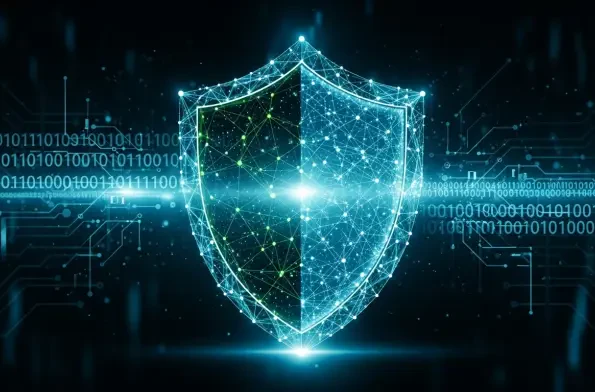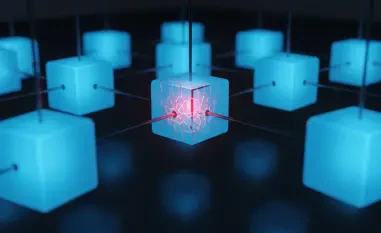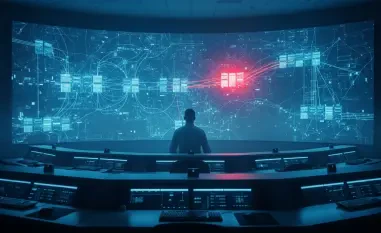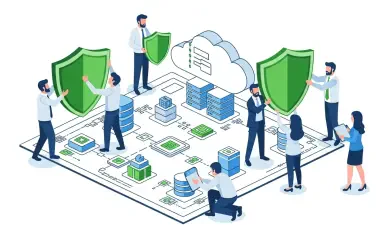Imagine a hidden network of electronic devices, sprawling across a major urban hub, poised to cripple vital telecommunications and threaten the lives of top government officials. This alarming scenario became reality in the New York tri-state area, where the U.S. Secret Service recently dismantled a sophisticated cyber threat operation near the United Nations General Assembly location. With national security at stake, this roundup gathers diverse perspectives from cybersecurity experts, law enforcement analysts, and technology strategists to dissect the operation’s implications. The purpose is to provide a comprehensive view of the challenges posed by such threats, compare differing opinions on defense strategies, and highlight actionable insights for safeguarding critical infrastructure in an increasingly digital age.
Digging into the Operation: What Experts Are Saying
Scale and Sophistication of the Threat
The dismantled network, comprising over 300 SIM servers and 100,000 SIM cards within a 35-mile radius of a key international hub, has stunned many in the cybersecurity field. Industry analysts emphasize the sheer scale of this setup, noting that such extensive infrastructure could orchestrate massive denial-of-service attacks or disable cell towers with devastating consequences. This level of coordination suggests significant resources and planning, raising concerns about undetected similar operations in other regions.
Some technology consultants point out that the urban density of New York provided natural cover for such a covert network, making detection a daunting task. They argue that the proximity to sensitive locations amplifies the risk, as disruptions could directly impact diplomatic and governmental functions. This perspective underscores a pressing need for advanced urban surveillance tools to identify hidden digital threats.
A contrasting view from certain security researchers suggests that while the scale is impressive, the technology itself isn’t groundbreaking. They note that SIM servers and cards are widely accessible, indicating that the real challenge lies in intent and execution rather than innovation. This opinion shifts focus toward tracking malicious actors over merely upgrading tech defenses.
Threats to High-Profile Targets
Reports of anonymous telephonic threats, including assassination plots against senior U.S. officials, have drawn sharp reactions from law enforcement commentators. Many stress that cellular communications linked to nation-state actors and known individuals under federal scrutiny reveal a chilling intent behind the network. This aspect highlights the personal risks faced by government figures in an era of digital warfare.
Several analysts in the intelligence community express concern over the lack of disclosed details about specific targets or perpetrators. They argue that while operational secrecy is necessary, limited transparency might hinder public and private sector preparedness for similar threats. This viewpoint calls for a balanced approach to information sharing to bolster collective defense mechanisms.
On the other hand, a few cybersecurity veterans caution against overemphasizing individual targets, suggesting that the broader goal might have been systemic disruption over personal harm. They point to the potential for chaos in telecommunications as a strategic objective, possibly to destabilize critical response systems during a crisis. This angle broadens the discussion to include infrastructural resilience as a primary concern.
Telecom Infrastructure: A Vulnerable Frontier
The exploitation of telecommunications systems in this case has sparked intense debate among tech policy experts. Many describe this incident as a stark reminder of how digital infrastructure remains a soft target for hostile entities. They advocate for urgent upgrades to secure networks, especially in high-stakes areas like New York, where the density of critical operations heightens vulnerability.
Some industry leaders differ by focusing on regional disparities in cyber defense readiness. They note that while urban centers may receive prioritized attention, rural and suburban areas often lag in protective measures, creating uneven security landscapes. This perspective pushes for a nationwide standardization of telecom safeguards to prevent weak links in the chain.
A third opinion from systems architects emphasizes the evolving nature of these threats, predicting that as technology advances over the next few years, from 2025 to 2027, adversaries will likely exploit emerging tools like 5G vulnerabilities. They urge preemptive research into next-generation defenses, arguing that reactive measures alone cannot keep pace with innovative attacks. This forward-looking stance adds depth to the ongoing conversation about infrastructure protection.
Evolving Roles in National Security: Diverse Perspectives
Secret Service’s Expanding Mission
The Secret Service’s role in countering cyber threats has garnered praise from many law enforcement analysts who view this operation as a testament to the agency’s adaptability. They highlight the agency’s firm commitment to protecting U.S. officials, suggesting that such interdictions set a strong precedent for deterring future adversaries. This viewpoint celebrates the expansion of traditional protective missions into digital realms.
However, some cybersecurity consultants question whether a single agency can handle the multifaceted nature of modern threats without straining resources. They propose that while the Secret Service’s involvement is crucial, broader inter-agency collaboration must be prioritized to address the scale of cyber operations. This opinion reflects a call for systemic integration over isolated efforts.
Another angle from technology strategists focuses on the potential policy shifts inspired by this takedown. They speculate that successful operations could drive legislative changes to enhance funding for cyber units and mandate stricter regulations on electronic device usage. This perspective ties the incident to long-term structural improvements in national security frameworks.
Building Stronger Defenses: Collective Opinions
Across the board, experts agree that neutralizing immediate dangers, such as assassination threats and telecom disruptions, marks a significant victory for national security. Many cybersecurity professionals advocate for increased investment in specialized threat interdiction units, arguing that proactive measures are essential to outpace sophisticated actors. This consensus reflects a shared urgency for resource allocation.
Differing views emerge on how to implement broader protections, with some industry voices championing public-private partnerships to secure critical infrastructure. They believe that collaboration between government bodies and tech companies can accelerate the development of robust security protocols. This approach emphasizes shared responsibility as a cornerstone of defense.
A contrasting recommendation from policy advisors centers on public awareness campaigns to educate citizens about digital risks. They argue that grassroots vigilance can complement high-level efforts, creating a multi-layered shield against cyber threats. This unique angle adds a societal dimension to the typically technical discourse on security enhancements.
Reflecting on a Critical Moment in Cyber Defense
Looking back, the successful dismantling of a major cyber threat network in the New York tri-state area by the U.S. Secret Service stood as a pivotal achievement in safeguarding national security. The operation not only thwarted grave dangers but also brought to light the fragility of telecommunications infrastructure and the audacity of hostile entities targeting high-profile officials. Diverse expert insights revealed a complex landscape of challenges and solutions, from bolstering agency collaboration to fortifying digital defenses through innovative partnerships. Moving forward, stakeholders should prioritize integrating advanced detection technologies, advocate for policy reforms to support cyber units, and foster public-private alliances to build resilient systems. Exploring further resources on cybersecurity trends and national defense strategies can equip all levels of society to face the invisible battles ahead.













